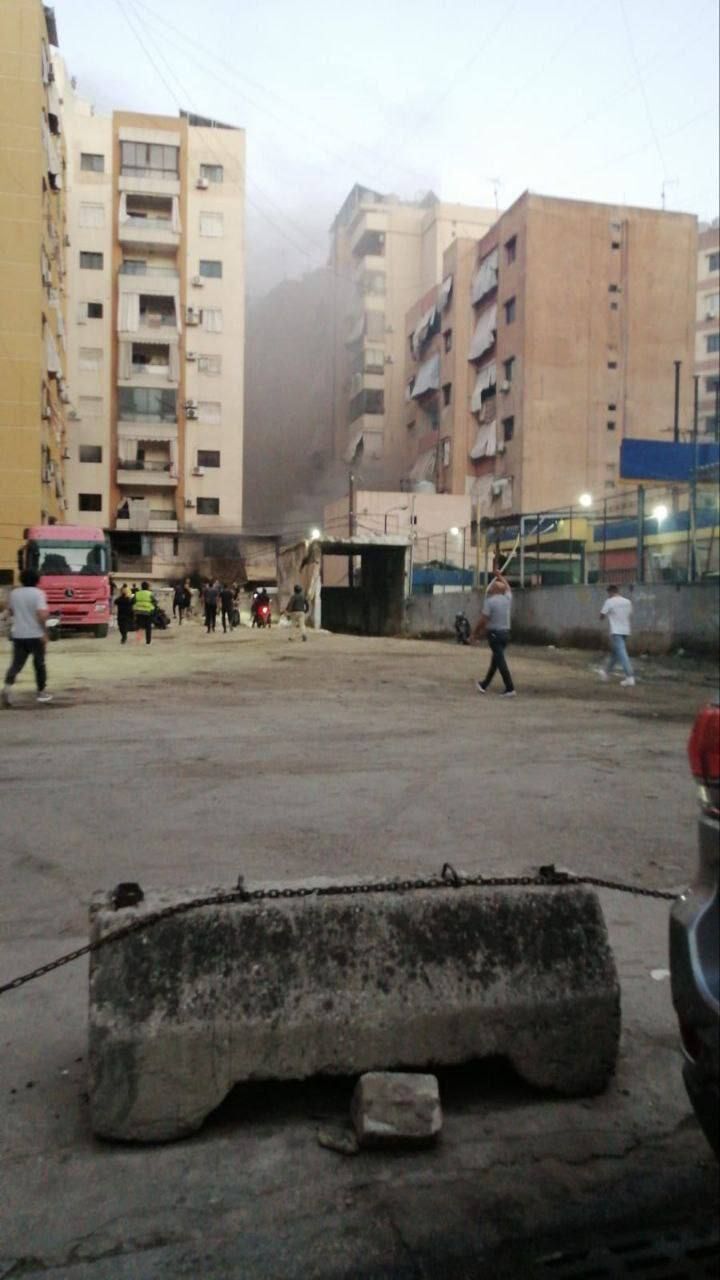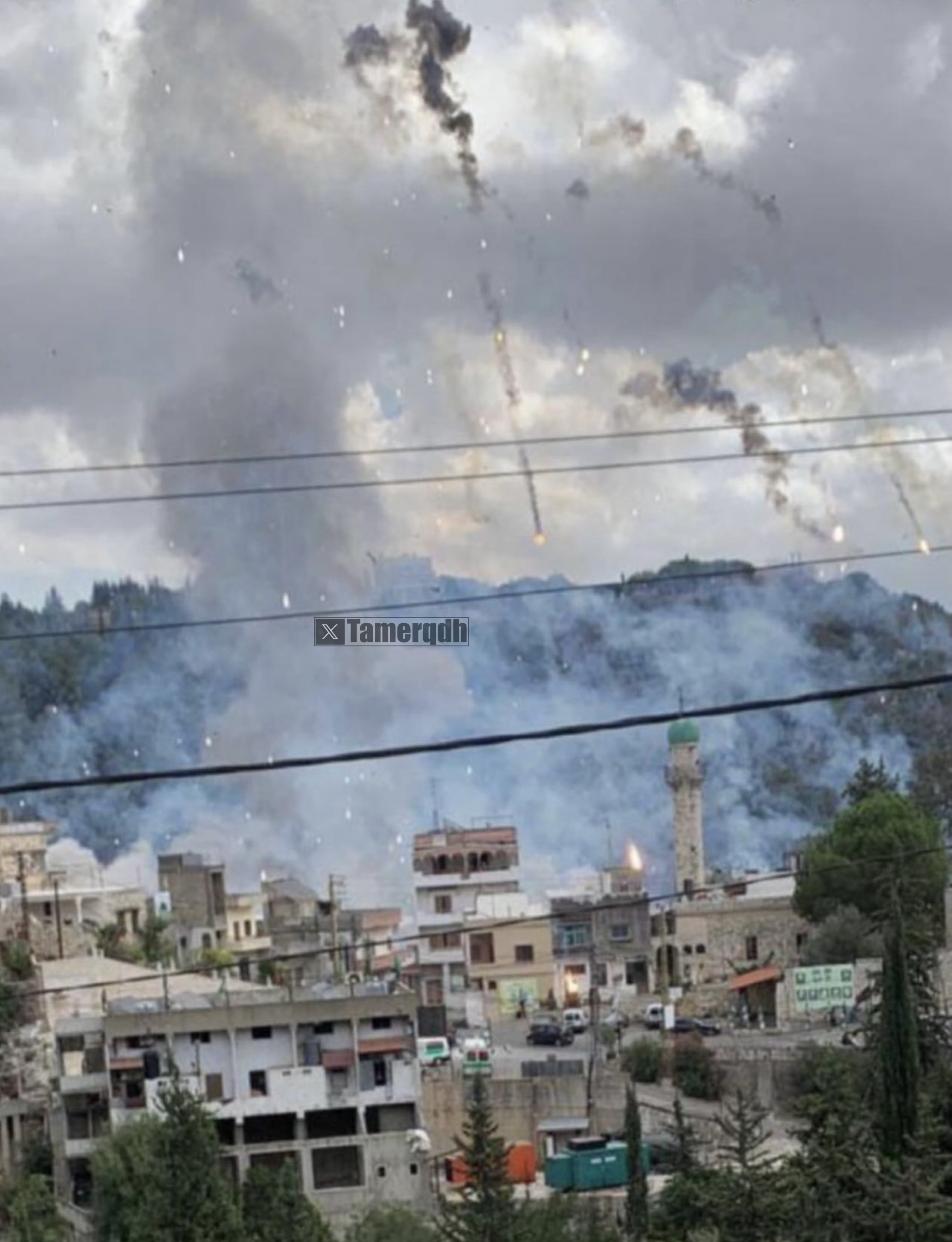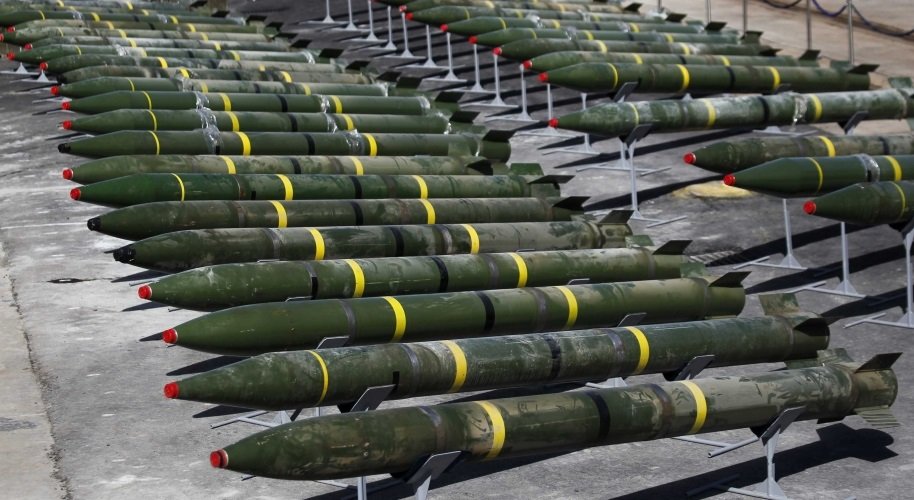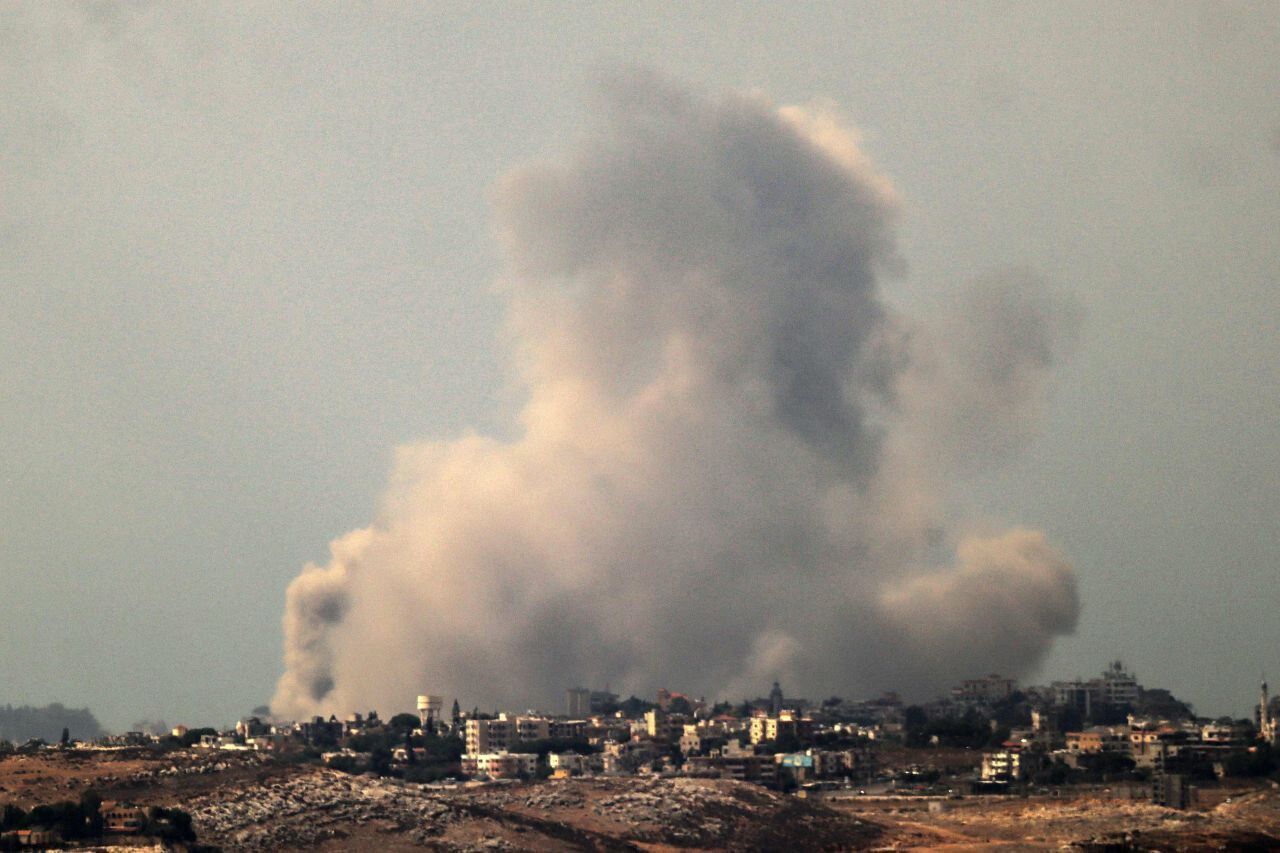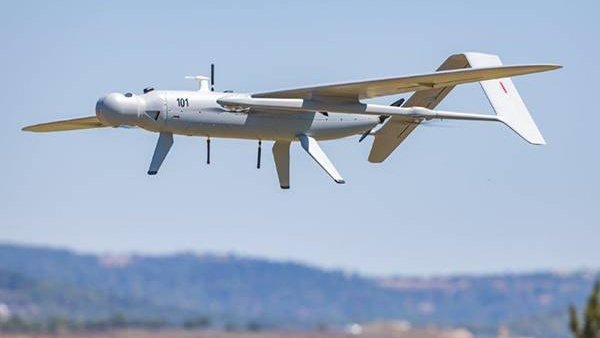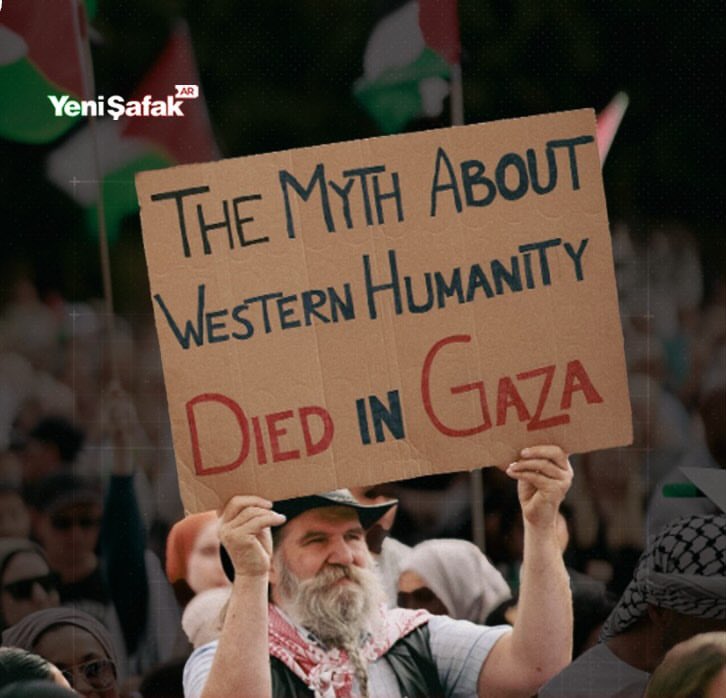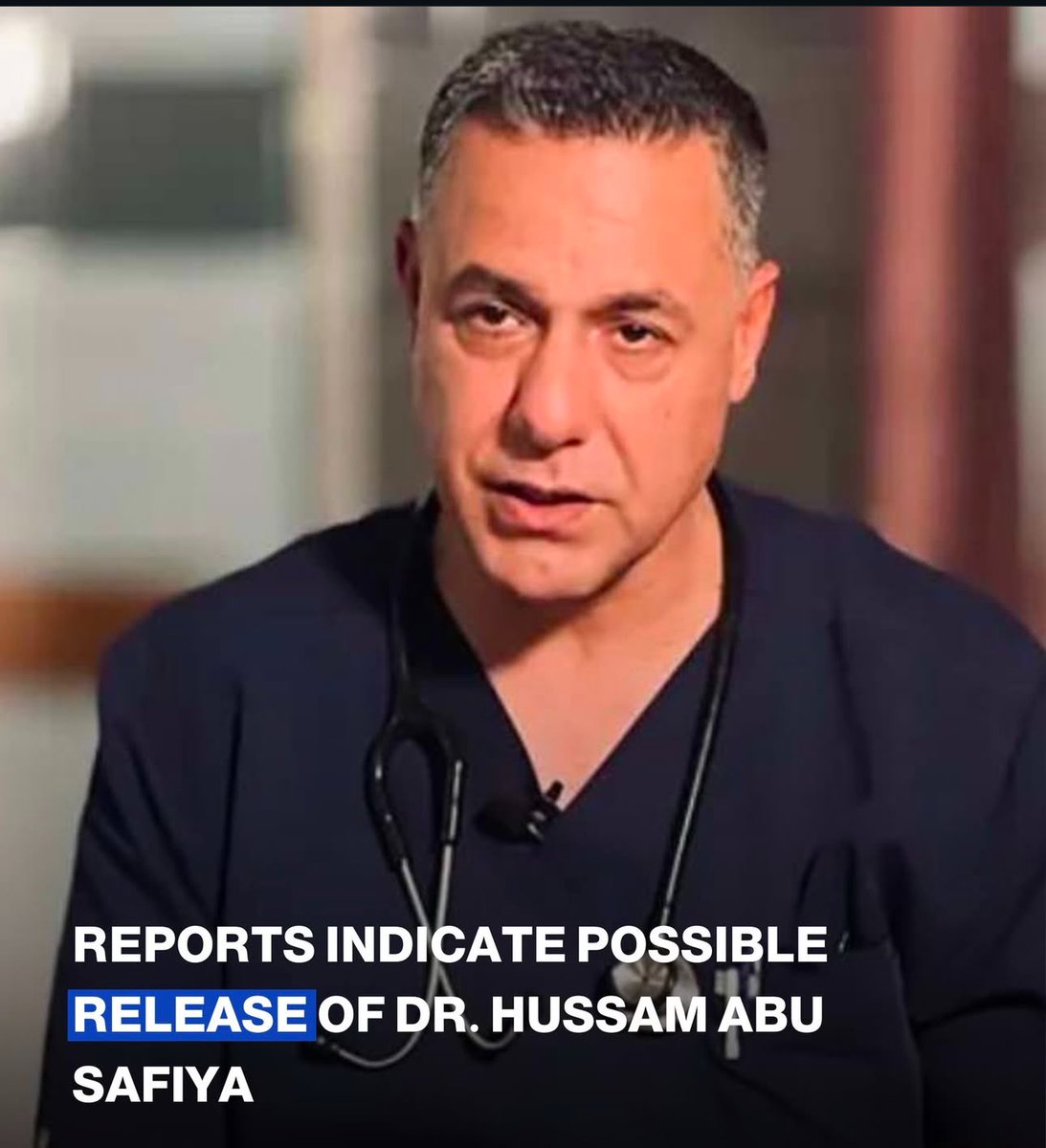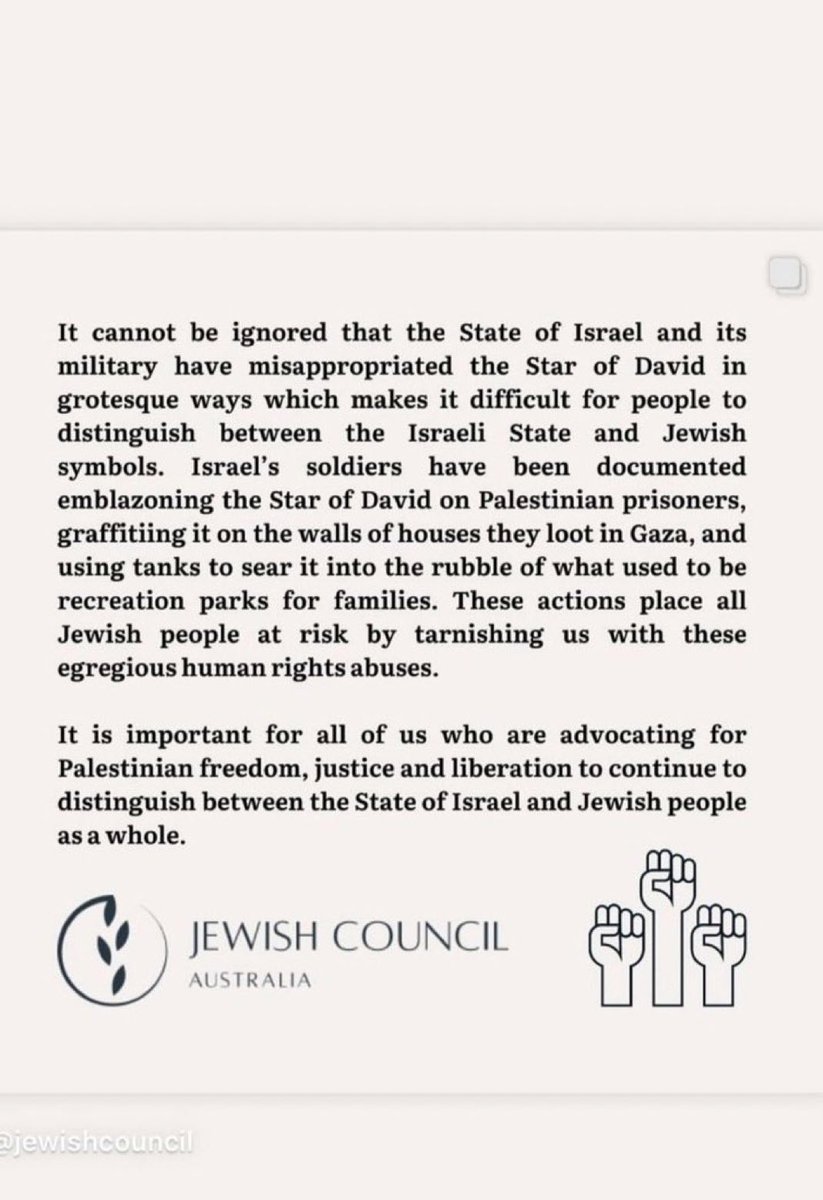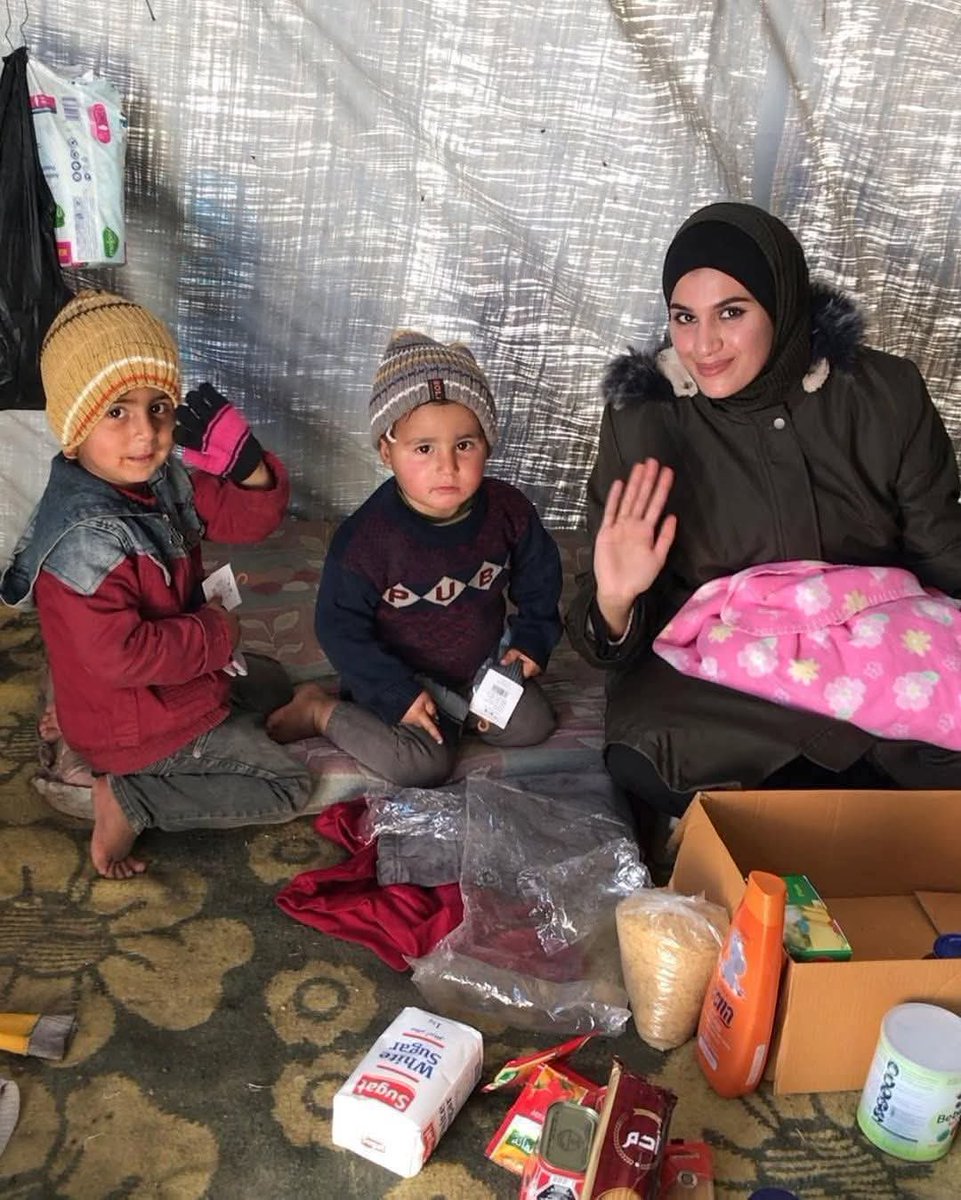Hezbollah announced, Sunday morning, it bombed an Israeli military industries complex in northern Haifa with dozens of rockets in an initial response to the pager and wireless explosions.
A party statement indicated it bombed “the military industries complexes of the Rafael Company, which specializes in electronic means and equipment, and is located in the Zevulun area north of Haifa, with dozens of Fadi 1, Fadi 2, and Katyusha rockets.”
Hezbollah rockets
Hezbollah had earlier announced at dawn, Sunday, it targeted the Ramat David base and airport for the second time with dozens of rockets.
In a statement it stated it “announces, for the second time in two hours, it targeted the Ramat David base and airport with dozens of Fadi 1 and Fadi 2 rockets, in response to the repeated Israeli attacks that targeted various Lebanese regions and led to the deaths of many civilian martyrs.”
In contrast, the Israeli army announced in the past hours, Hezbollah launched about 115 “air threats” towards northern Israel, adding firefighting teams were working to extinguish the fires that broke out as a result.
The Israeli Broadcasting Authority reported that about 120 rockets were fired from Lebanon on Saturday night.
The Israeli Channel 13 reported Hezbollah focused on security and economic sites and facilities, and there was damage, especially in the Haifa and Kiryot areas, for the first time since August 2006.
Israel Today reported the army estimates that Hezbollah will continue to fire rockets in the coming days without expanding the scope of the targeting.
Injuries and fires
The Israeli Ambulance Service, Magen David Adom reported four people were injured by shrapnel from rockets fired by Hezbollah at the city of Haifa.
Meanwhile, three Israelis were injured near the city of Kiryot, and a number of people were injured as a result of several rockets falling in the occupied southern Golan Heights, according to the Israeli Walla website.
The Maariv newspaper quoted the Israeli ambulance as saying that there was one injury in the Lower Galilee as a result of Hezbollah rockets, while it reported that there were no injuries as a result of the shelling of the areas of Yokneam, Afula, and the Ramat David base.
On the other hand, the Israeli Broadcasting Authority said that some residents of the Kiryat Tiv’on settlement said that the shelters they tried to hide in were closed.
Israel Hayom reported firefighting teams were working to put out a fire that broke out near Migdal HaEmek, most likely caused by interceptor missile fragments. The Marj Bin Amer Regional Council also said that a missile fell and caused a fire in the area between Kfar Rauch and Yokneam.
Lebanon bombing
On the other hand, Channel 12 reported that Israeli warplanes have launched raids on sites in the Majdal Zun area in Lebanon.
The Israeli army said that the strikes will continue and increase in intensity against Hezbollah.
Al Jazeera’s correspondent reported that Israeli raids targeted the vicinity of the town of Yatar and the area of the Nabaa al-Tasa stream in southern Lebanon.
The Israeli raids also targeted the towns of Aitaroun, Taybeh, Zebqin, the town of Khiam, and the vicinity of the town of Zrarieh in southern Lebanon.

